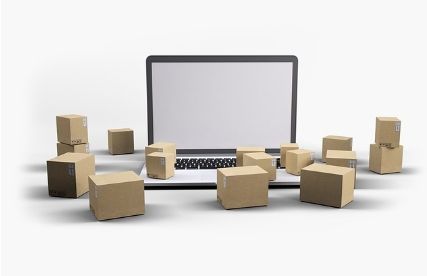What is an AWB (Air Waybill)?
An Air Waybill (AWB) is a critical document in the air freight industry, serving as a receipt issued by an international airline for goods and an evidence of the contract of carriage. It is a non-negotiable transport document covering transport of cargo from airport to airport. An AWB contains all the details of the shipment and allows for tracking and managing the logistics process effectively.

Key Information about AWB
1. AWB Number: This is a unique eleven-digit number assigned to the document, which is used for tracking and reference purposes. The first three digits represent the airline code, and the remaining digits are the serial number of the bill.
2. Shipper and Consignee Information: The AWB includes detailed information about the shipper (sender) and the consignee (receiver), including their names, addresses, and contact details. This ensures that the shipment reaches the correct destination.
3. Flight Details: The document specifies the flight numbers, dates, and routes through which the cargo will be transported. This helps in planning and scheduling the logistics process.
4. Cargo Description: The AWB contains a detailed description of the cargo, including the nature of goods, weight, dimensions, and any special handling instructions. This information is crucial for handling the cargo safely and efficiently.
5. Charges: The document outlines all the applicable charges for the shipment, including freight charges, handling fees, and any other relevant costs. This ensures transparency in the billing process.
Common Questions about AWB
1. How is an AWB generated and used in the shipping process?
An AWB is generated by the airline or freight forwarder when a shipment is booked for air transport. It is used throughout the shipping process to track the cargo, manage logistics, and ensure the delivery of goods from the shipper to the consignee. The AWB is handed over to the shipper at the time of cargo acceptance and accompanies the shipment until it reaches the consignee.
2. What are the different types of AWB?
There are two main types of AWB: the airline AWB and the neutral AWB. The airline AWB is pre-printed with the airline's logo and is used exclusively by that airline. The neutral AWB, on the other hand, does not have any pre-printed logos and can be used by any carrier, making it more versatile.
3. What information is required to complete an AWB?
To complete an AWB, several key pieces of information are required, including the shipper's and consignee's details, the airport of departure and destination, a description of the cargo, weight, dimensions, number of packages, and any special handling instructions. Additionally, flight details and applicable charges need to be included.
4. How can errors on an AWB be corrected?
If an error is discovered on an AWB, it can be corrected by issuing a cargo correction advice (CCA). This document amends the original AWB details and must be signed by both the shipper and the carrier. It is essential to address errors promptly to avoid delays or issues in the shipment process.
5. What is the legal significance of an AWB?
An AWB serves as a contract of carriage between the shipper and the airline. It outlines the terms and conditions of the transport and provides evidence that the goods were received in good condition by the airline. While it is a non-negotiable document, it is crucial for the claims process in case of loss or damage to the cargo, as it details the responsibilities of all parties involved.
Understanding the AWB is essential for anyone involved in international air cargo transport, as it ensures the smooth and efficient movement of goods across the globe.
Related articles

 WeChat of CBiBank
WeChat of CBiBank